The Best Fluffy Pancakes recipe you will fall in love with. Full of tips and tricks to help you make the best pancakes.
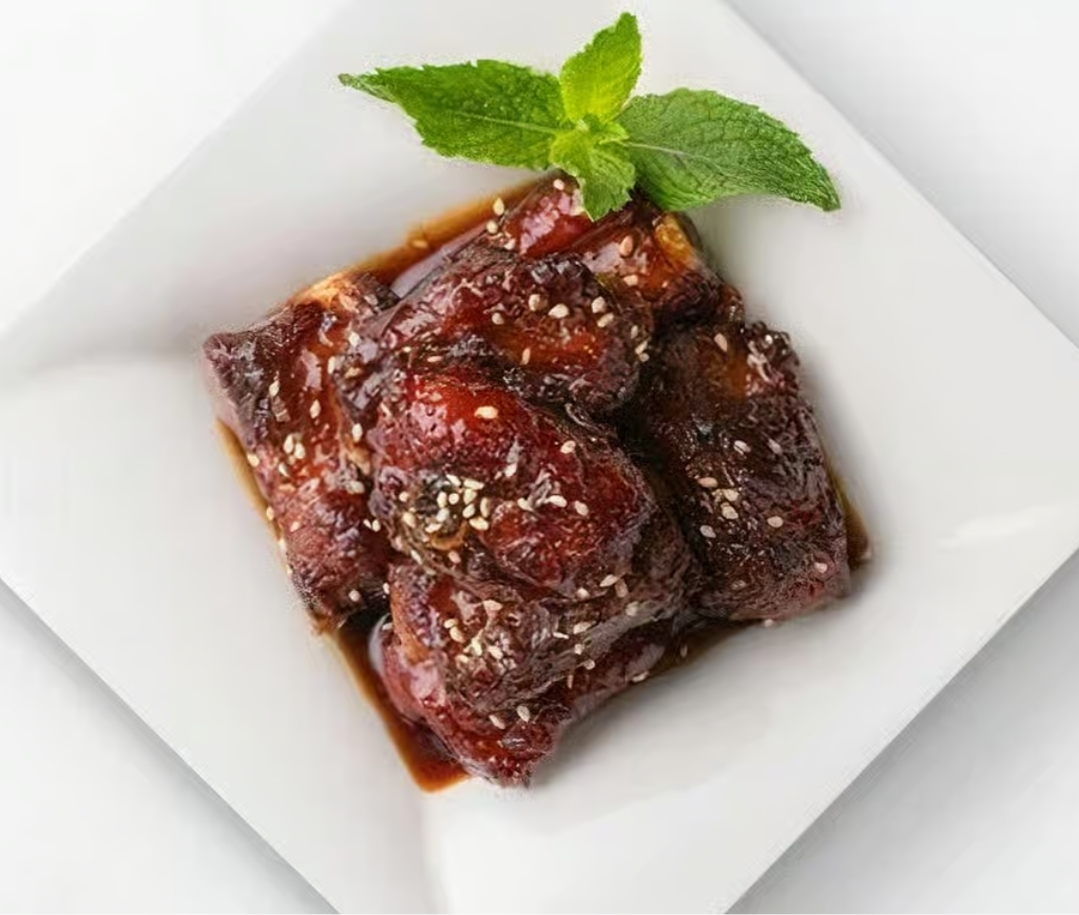
Sweet and Sour Pork: The Ultimate Guide to This Classic Dish
There’s something magical about sweet and sour pork that keeps us coming back for more. This beloved Chinese-American dish combines crispy, tender pork with a glossy sauce that perfectly balances tangy and sweet flavors. Whether you’re craving takeout or want to recreate this restaurant favorite at home, understanding what makes this dish special will help you enjoy it even more.
In this guide, we’ll explore everything you need to know about sweet and sour pork—from its incredible taste profile to creative variations, smart serving ideas, and practical storage tips. Let’s dive into what makes this dish a timeless favorite.
What Does Sweet and Sour Pork Taste Like?
The beauty of sweet and sour pork lies in its complex flavor profile. First and foremost, you’ll notice the crispy, golden exterior that gives way to juicy, tender pork inside. The coating provides a satisfying crunch that contrasts beautifully with the soft meat.
Meanwhile, the sauce is where the magic truly happens. It delivers a perfect harmony of sweetness from sugar or pineapple juice and tanginess from vinegar or citrus. Additionally, the sauce often includes hints of ketchup or tomato paste, which adds depth and a subtle umami quality. The vegetables—typically bell peppers, onions, and pineapple chunks—contribute their own fresh flavors and textures, making every bite interesting.
Furthermore, the overall experience is one of balance. Neither the sweet nor the sour dominates, and the savory pork ties everything together. It’s a dish that appeals to both kids and adults alike, thanks to its approachable yet sophisticated flavor combination.
🔸️ Alao Check Our Cheesecake Bites: A Creamy, Crispy Delight
Health Benefits of Homemade Sweet and Sour Pork
When you prepare sweet and sour pork at home, you can make it surprisingly nutritious. First, pork itself is an excellent source of high-quality protein, which supports muscle growth and keeps you feeling satisfied longer. It also provides essential B vitamins, particularly B12 and thiamine, which are crucial for energy metabolism.
Moreover, the colorful bell peppers in this dish are packed with vitamin C, even more than oranges in some cases. This powerful antioxidant supports immune function and skin health. The pineapple adds bromelain, an enzyme that aids digestion and has anti-inflammatory properties.
Additionally, by making this dish yourself, you control the ingredients. You can reduce sugar content, use healthier oils for frying or baking, and load up on vegetables for added fiber and nutrients. Consequently, homemade sweet and sour pork becomes a balanced meal rather than just an indulgent treat.
More Main Course Dishes
Chicken Half and Half
High Protein Poutine
Oven Baked BBQ Chicken Wings
Marinated Chicken Gizzard
Pad See Ew with Shrimps
Crispy Buffalo Chicken Wings
Pesto Gnocchi Recipe
Crispy Chicken Flautas
Shumai Dumplings (Siu Mai)
BBQ Chicken Poutine
Sweet and Sour Pork

Rate This Recipe
Turn On Cooking Mode 💡
Equipment
Ingredients
- 1 lb pork tenderloin cut into 1-inch bite-size cubes
- 2 tbsp soy sauce for marination
- 1 tbsp rice wine or sherry optional for tenderizing
- 1 tsp salt for marination
- 1/2 tsp black pepper
- 1/2 cup cornstarch for coating pork
- 1 cup vegetable oil for frying
- 1/2 cup pineapple chunks fresh or canned
- 1/2 cup ketchup base for sauce
- 1/4 cup soy sauce for sauce
- 1/4 cup rice vinegar for tanginess
- 3 tbsp brown sugar adds dark color and sweetness
- 1/2 cup chicken broth or water for sauce
- 1 tbsp cornstarch mixed with 2 tbsp water to thicken sauce
Instructions
- Marinate the Pork: In a bowl, combine pork cubes with soy sauce, rice wine, salt, and pepper. Let sit for 15–20 minutes.
- Coat the Pork: Toss marinated pork in 1/2 cup cornstarch until evenly coated.
- Fry the Pork: Heat vegetable oil in a deep pan or wok to 350°F (175°C). Fry pork in batches until golden brown and crispy, 3–5 minutes. Drain on paper towels.
- Prepare the Sauce: In a separate pan, combine ketchup, soy sauce, rice vinegar, brown sugar, and chicken broth. Bring to a simmer over medium heat. Add pineapple, bell peppers, and onion. Cook 3–5 minutes until vegetables slightly tender.
- Thicken the Sauce: Stir in cornstarch slurry (1 tbsp cornstarch + 2 tbsp water) and simmer 1–2 minutes until sauce thickens and turns dark brown.
- Combine and Serve: Add fried pork to the sauce and toss gently to coat. Serve hot with steamed rice.
Notes
Nutrition
Best Sweet and Sour Pork Variations to Try
One of the best things about this dish is its versatility. Here are some creative variations that’ll keep things exciting in your kitchen.
Healthier Baked Version
Instead of deep-frying, try baking the pork pieces in the oven. Simply coat them with cornstarch and a light spray of oil, then bake until crispy. This method significantly reduces the fat content while still delivering that satisfying crunch.
Protein Swaps
While traditional sweet and sour pork is delicious, you can easily substitute chicken, shrimp, or even tofu for a different twist. Each protein absorbs the sauce differently, creating unique taste experiences. Chicken tends to be milder, shrimp adds a seafood sweetness, and tofu offers a vegetarian option that soaks up flavors beautifully.
Spicy Sweet and Sour Pork
For those who love heat, add some red pepper flakes, sriracha, or fresh chili peppers to your sauce. The spiciness complements the sweet and tangy elements wonderfully, creating a more complex flavor profile that’s absolutely addictive.
Tropical Variation
Boost the tropical vibes by adding mango chunks, lychee, or extra pineapple. These fruits enhance the sweetness naturally and add interesting textures that make the dish feel more exotic and special.
Perfect Serving Ideas for Sweet and Sour Pork
Presentation and pairing matter when serving this colorful dish. First, always serve sweet and sour pork over a bed of fluffy white or brown rice. The rice absorbs the delicious sauce and provides a neutral base that balances the bold flavors.
Alternatively, try serving it with fried rice or noodles for a more substantial meal. Lo mein or chow mein noodles work particularly well, as they complement the sauce without competing with it.
Furthermore, consider adding some simple side dishes. Steamed broccoli, bok choy, or green beans provide freshness and color. A light cucumber salad with rice vinegar dressing offers a cooling contrast to the rich main dish.
For a complete Chinese-inspired meal, pair your sweet and sour pork with egg rolls, wonton soup, or spring rolls as appetizers. This creates a restaurant-quality dining experience right at home.
Storage and Reheating Tips
Good news—sweet and sour pork stores beautifully, making it perfect for meal prep or leftovers. After cooking, let the dish cool completely before transferring it to an airtight container. It’ll keep in the refrigerator for up to four days.
However, here’s a pro tip: store the crispy pork separately from the sauce if possible. This prevents the coating from becoming soggy. When you’re ready to eat, reheat them separately and combine just before serving.
For reheating, use the oven or an air fryer to restore crispiness to the pork. Heat at 350°F for about 10 minutes, then warm the sauce separately in a saucepan or microwave. Consequently, your leftovers will taste almost as good as freshly made.
You can also freeze sweet and sour pork for up to three months. Thaw it overnight in the refrigerator before reheating for best results.
Wine and Beverage Pairing Tips
Choosing the right drink elevates your sweet and sour pork experience. For wine lovers, an off-dry Riesling works wonderfully. Its slight sweetness and acidity mirror the dish’s flavor profile perfectly.
Similarly, a Gewürztraminer or Pinot Grigio offers enough character to stand up to the bold sauce without overwhelming it. If you prefer red wine, try a light, fruity Beaujolais served slightly chilled.
For non-alcoholic options, jasmine tea or green tea provides a traditional pairing that cleanses the palate between bites. A sparkling lemonade or ginger ale also complements the sweet and tangy flavors beautifully.
Why Homemade Sweet and Sour Pork Is Best
While takeout is convenient, making sweet and sour pork at home offers incredible advantages. First, you control the quality of ingredients. You can choose lean, high-quality pork and fresh vegetables without mystery additives or excessive sodium.
Moreover, homemade versions allow you to adjust sweetness and sourness to your exact preference. Some people love it tangier, while others prefer more sweetness—when you’re the chef, you decide.
Additionally, making this dish yourself is often more economical. A homemade batch typically costs less than restaurant portions and yields enough for multiple meals. Plus, the satisfaction of creating restaurant-quality food in your own kitchen is truly rewarding.
Final Thoughts on Sweet and Sour Pork
Sweet and sour pork remains a beloved classic for good reason. Its perfect balance of flavors, satisfying textures, and versatility make it suitable for weeknight dinners or special occasions. Whether you stick with the traditional preparation or experiment with creative variations, this dish never disappoints.
Now that you understand the taste profile, health benefits, variations, and serving suggestions, you’re ready to make the most of this incredible dish. The key is using fresh ingredients, balancing flavors to your taste, and serving it with complementary sides that enhance the overall experience.
So go ahead and enjoy your sweet and sour pork journey—your taste buds will thank you!
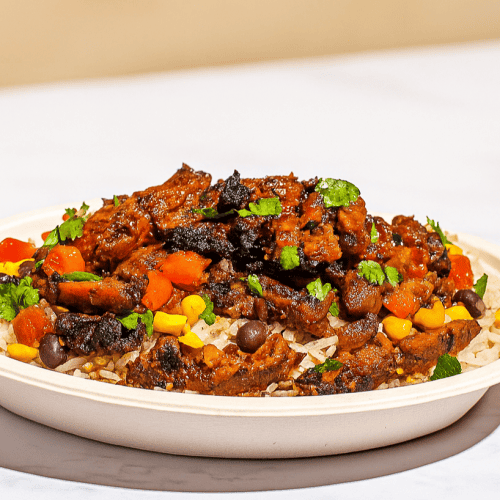


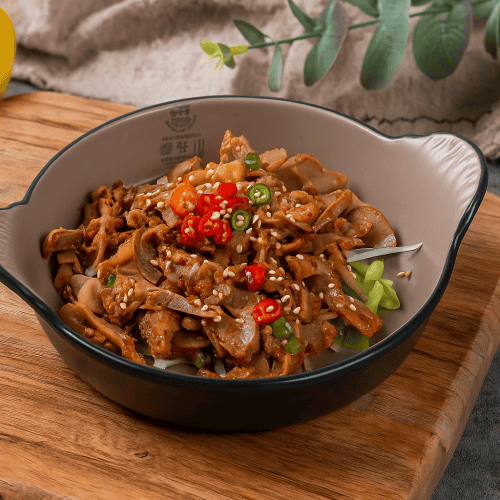
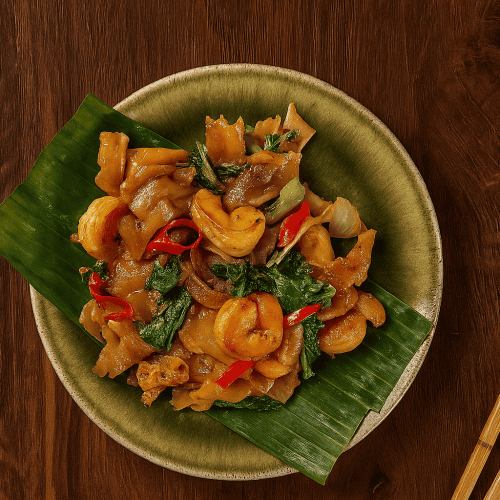







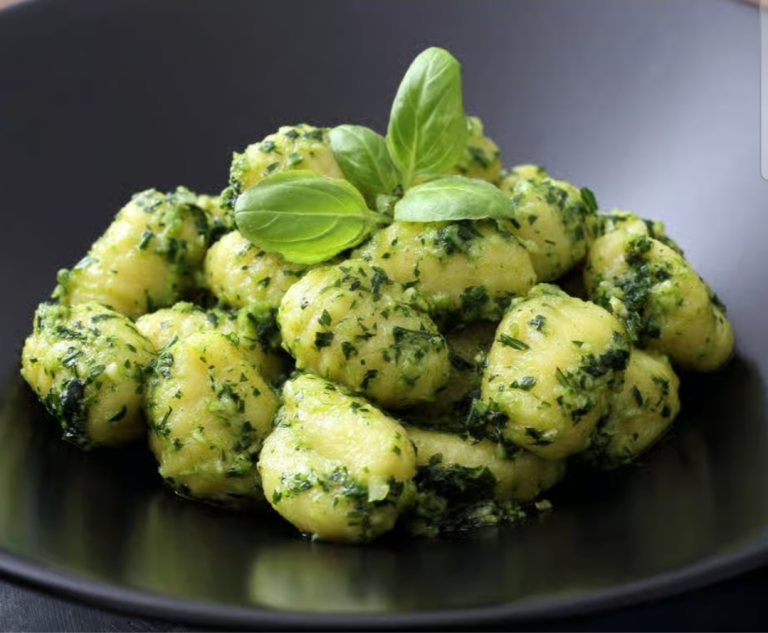





djj7cm